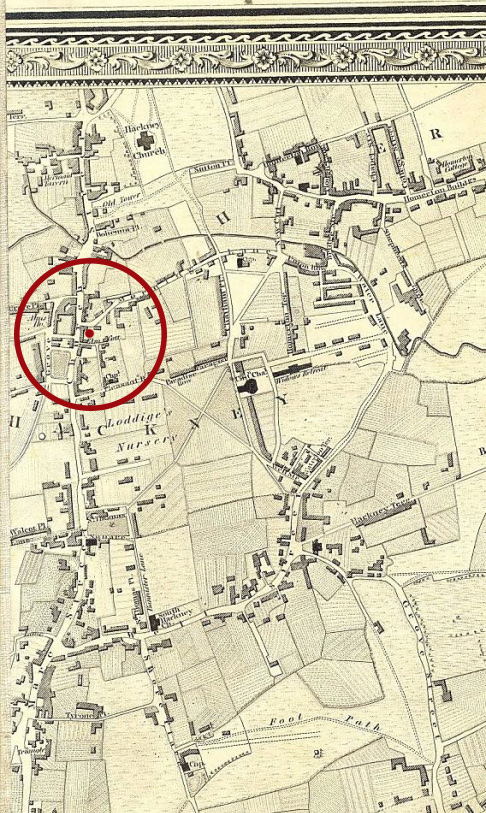
Missed this when it first exhibited in 2012, but local artist Frank Laws did a detailed piece on what looks like the southern wing of Valette House done from the Wetherspoons balcony? More detailed views are available at his website.
Working mostly in ink, with some watercolour and acrylic, he has photographed the daily progress of building work taking place at Valette House, off Mare Street. This served as the basis for a large painting which will form the centerpiece of his show next month.
Previous exhibitions at the V&A, Print House Gallery in Dalston, Somerset House and Lazarides Gallery have also shown Laws’s meticulously detailed paintings of inner-city dwellings.
He wonders if working as a labourer when he first moved to London (from a village called Spooner Row – “I think they used to make spoons there”) made him more perceptive of the buildings surrounding him and the way they were constructed.
But he is also interested in the history of East London’s social housing. “East London was one of the first areas in the city to undergo slum clearance and redevelopment,” Laws explains, “I find the work, planning and care that went into those projects really reflects the idea of making things better for people.”
He hopes to relay his admiration for the efforts that were made to aid people during difficult times through his paintings, as well revealing the aspects of the estates that people often overlook: “I like the everyday feeling about estates, the things people don’t notice.”
~ From Annie Ridout’s 2012 interview






 The Hospitallers lost control of Hackney to the Crown during the
The Hospitallers lost control of Hackney to the Crown during the